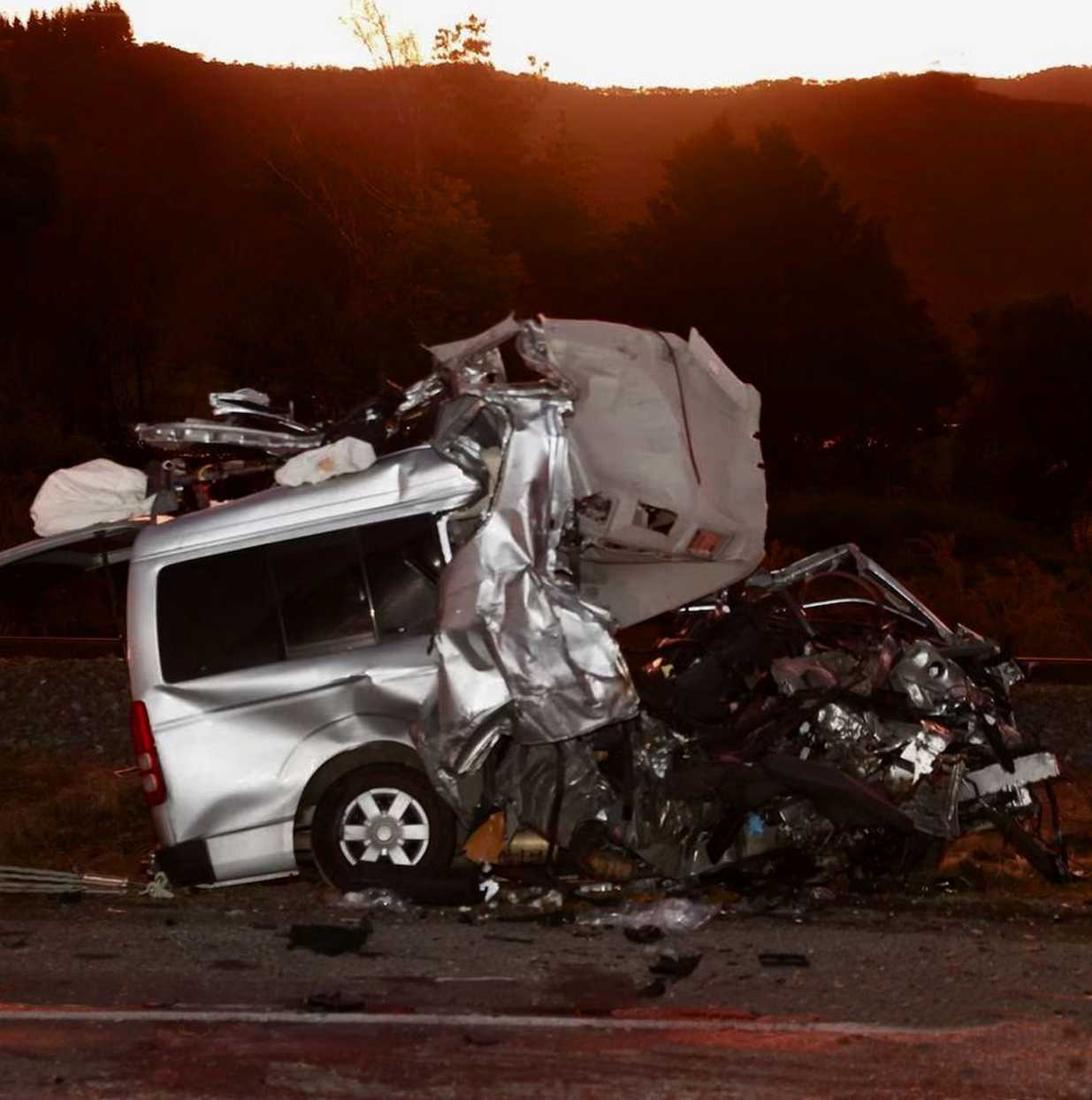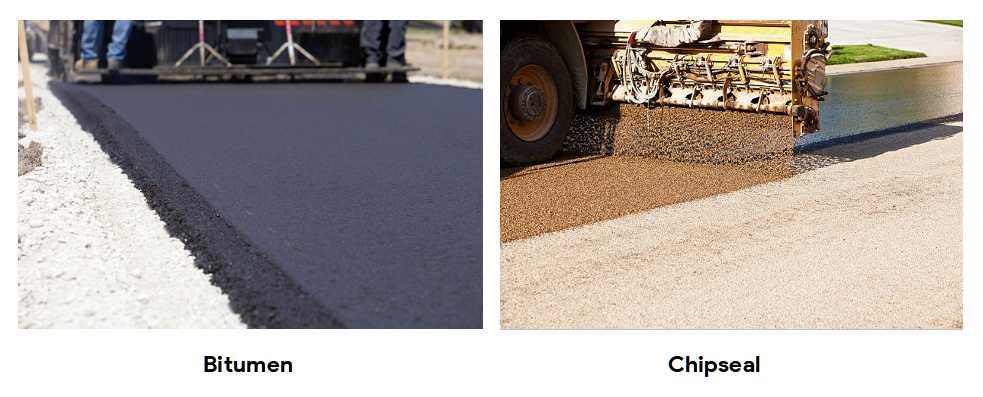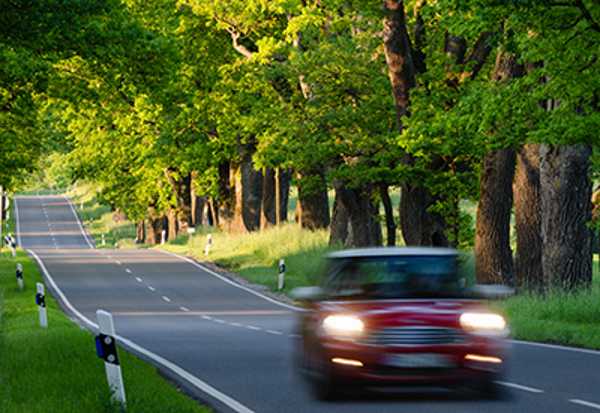
Wairarapa real estate agent, Chris Gollins has been campaigning about road safety matters since the 1980s. He has recently made some pertinent observations about the New Zealand Transport Agency - Waka Kotahi introduction of a new road safety campaign which targets a reduction in various driving speed limits throughout New Zealand. He is of the view that the road death toll is not necessarily brought about by speed, rather it is likely caused by careless driving, unconfident driving, distraction, inappropriate road designs and unsafe road conditions.

It occurs to Rejigit that NZTA’s new speed limit strategy is driven by political duck-shoving. Having committed to its Road to Zero: New Zealand's road safety strategy for 2020–2030 together with a campaign cost of $15 million, the Government obviously recognised a short-term reduction in the road toll could theoretically be achieved by simply reducing speed limits. The actual solution will require a significant allocation of government funding to urgently upgrade the national roading network from its existing third world and dangerous status.
The following is more of Chris’ insightful commentary on road safety matters in New Zealand.

He argues that Chip-seal is a potentially dangerous road surface option and Bitumen is a preferable medium because of its inherent ability to disperse surface water.
It is a sobering statistic that 65% of corners on the New Zealand state highway network fail NZTA’s own skid resistance test.

Incredibly in the 1980s New Zealand injuries and deaths involving children under the age of ten was thirteen times higher than that of Sweden.
It is thought that children can sometimes experience difficulty in working out if an approaching vehicle is actually moving whereas if the approaching vehicle’s headlights are on, a child’s brain will more easily determine that the vehicle is actually moving.
Automatic daytime headlights have been compulsory in Sweden since 1977. Finland, Denmark, Iceland and Norway have also introduced similar road safety regulations. Canada was the first country in North America to require daytime headlights and it is common in other parts of the world.
There was a time when motor vehicles manufactured in Scandinavia and imported into New Zealand had their automatic daytime headlights disabled because New Zealand buyers tended to dislike the concept and some even mistakenly thought having headlights on at all times would increase fuel consumption.
A Keep Left tip: It is a reality that as a matter of habit drivers tend to drive with their wheels immediately adjacent to the centre line whereas the risk of head-on collision would be reduced if the driver’s seat is maintained in the middle of the left hand lane.